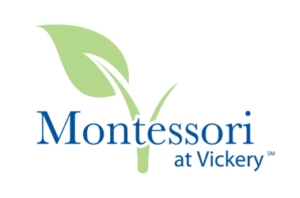How does the Montessori method provide the most optimal environment for the development of the child?
• Montessori teachers are trained to have a clear understanding of attachment, exploration, self-help skills, empowerment, pro-social skills, problem solving skills, self-esteem, and resiliency.
• The Montessori method individualizes learning through children’s interactions with the materials as they proceed at their own rates of mastery.
• Individualized instruction provides opportunities for development of many skills, such as physical coordination, perception, attention, memory, language, logical thinking, and imagination.
• The multi-aged Montessori classroom (children are with their classmates and teacher for a three year span) provides a continuity of care, fostering attachments and promoting trust.
• Children learn virtue, empathy and kindness through social and emotional guidance during group meetings and through grace and courtesy lessons.
• Montessori materials are designed to foster concentration, coordination, independence, order, and a respect for all living things.
• Children in a Montessori environment are active learners and are productively engaged throughout their work time.
• Montessori lessons are designed to make the most of the critical early years for learning linguistically, cognitively, socially, emotionally, and physically.

